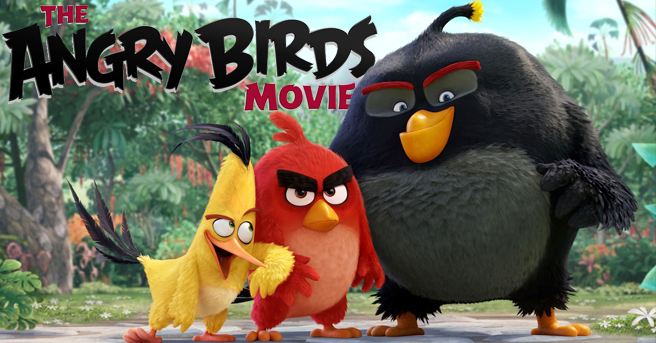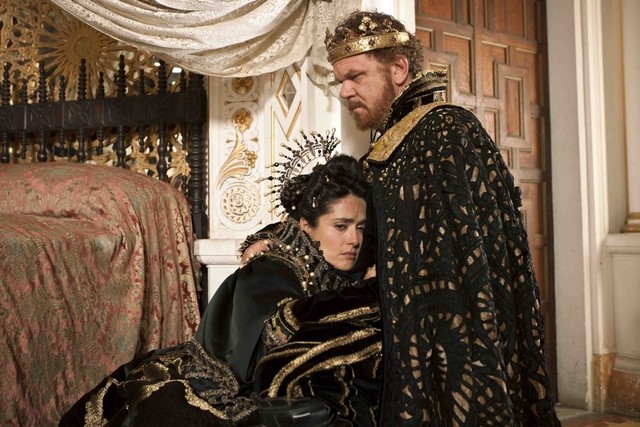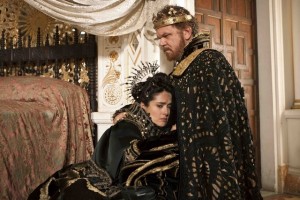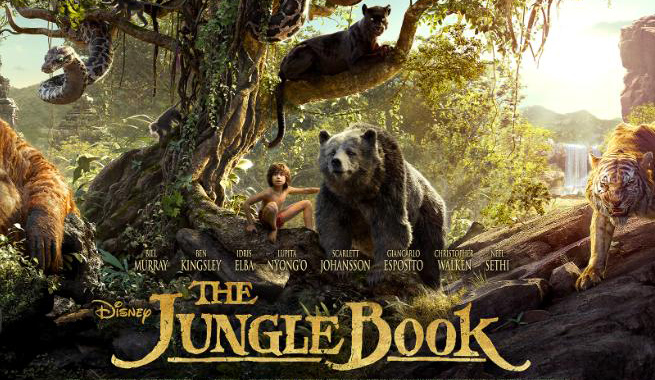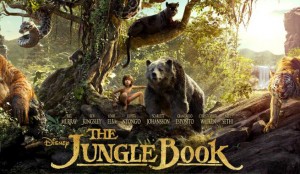The Angry Birds Movie
Posted on May 19, 2016 at 5:50 pm
C| Lowest Recommended Age: | Kindergarten - 3rd Grade |
| MPAA Rating: | Rated PG for rude humor and action |
| Profanity: | Some schoolyard language |
| Alcohol/ Drugs: | None |
| Violence/ Scariness: | Cartoon action-style peril and violence, no one hurt |
| Date Released to Theaters: | May 20, 2016 |
| Date Released to DVD: | August 15, 2016 |
| Amazon.com ASIN: | B01EK44M64 |

Like the wildly addictive Finnish app/game/toys that inspired it, the Angry Birds movie is colorful, with some silly humor and imaginative settings. And like the many, many attempts to make games into movies that have gone before it, this one has strong visuals, game talent, and yet never quite sustains itself as a story. It’s a rare movie for kids that endorses legitimate anger, but in these touchy times, it is peculiarly xenophobic.
Bird island is something of a flightless bird sanctuary, with no predators and a mostly happy, companionable community. Red (a perfectly cast Jason Sudeikis) is a bright red bird with Eugene Levy eyebrows, a tendency to defensiveness and snark, and a serious anger management problem.
Red is late to a “hatch-day” party he was supposed to work at as an entertainer. He insults the young bird’s parents and is accidentally standing in the wrong place when their new chick hatches, so that the baby imprints on Red instead of his parents. Red has an angry outburst leading to a court appearance presided over by Judge Peckinpah (Keegan-Michael Key), who sentences him to anger management classes conducted by the New Age-y Matilda (Maya Rudolph), where his classmates include the explosive Bomb (Danny McBride) and excitable Chuck (Josh Gad).
A ship arrives at Bird Island, carrying a cheerful pig named Leonard (Bill Hader), who oozes charm and promises friendship and merriment. He even puts on a show, in order to both pad and juice up the storyline.
Red is skeptical, but he is always skeptical. The other birds embrace their new friend, even after Red tells them Leonard has lied about coming alone. He has lied about his purpose, too. The pigs want the eggs. And…now the game part comes in: the birds need to get angry so they can get the eggs back. The whole part about foreigners/those different from us being evil and scary and wanting to eat our progeny, that’s pretty much glossed over as all in good fun, mingled with shout-outs to The Eagles (get it) and Rick Astley (because why not; it’s an easy laugh).
The birds have a possibly mythical leader, Mighty Eagle, the only bird on the island who can fly. Red, Bomb, and Chuck ascend to ME’s aerie and find that he is not as heroic as they hoped. If anyone is going to save the day, it will be the intrepid trio themselves. They have to find a way to get to the pigs’ island and get the eggs back.
It’s all bright and cheerful, but under-plotted and overproduced. Stunt-casting Oscar winner Sean Penn for a few grunts, throwing in pop songs and faux swearing to amuse the parents and bird poop humor to amuse the kids left me feeling a bit angry myself.
Parents should know that this film includes a lot of cartoon-style action and peril, with no serious injuries, some schoolyard language, and some bodily function/gross-out/crotch hit humor.
Family discussion: When is it helpful to be angry? How can you make the best use of anger?
If you like this, try: “The LEGO Movie”

